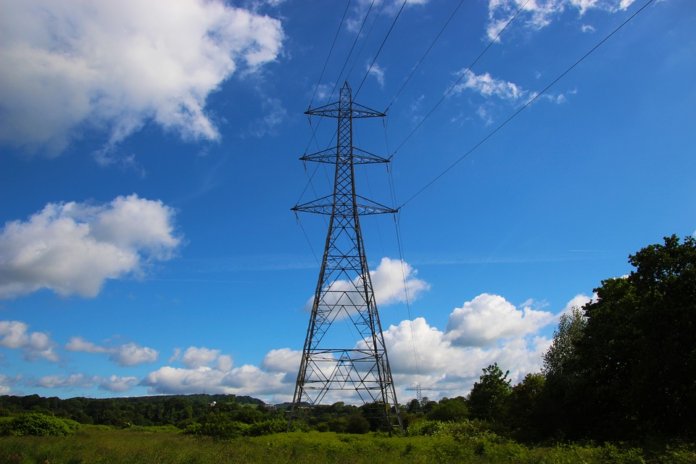Although record-low costs and consumer demand are driving growth in U.S. wind and solar energy, outdated wholesale market rules are preventing the two technologies from further reducing prices for consumers, according to a new report, “Customer-Focused and Clean: Power Markets for the Future,” from the nonprofit Wind Solar Alliance (WSA).
With major grid operators in PJM and MISO planning fundamental redesigns of their electricity markets and operating procedures, the new analysis proposes reforms to better serve customers’ and regulators’ desire for clean, affordable electricity, says WSA, formerly the Wind Energy Foundation.
Sweeping changes in the electricity generation mix over the last 10 years are driving fundamental changes in the nation’s electricity grid, with wind and solar generating capacity having increased approximately 500%. Yet, market rules designed with other resources in mind fail to take advantage of these new resources’ excellent reliability capabilities, the report says.
“The report demonstrates the numerous ways that existing market structures, particularly in PJM and MISO, are biased in favor of older, large, slow-to-react resources,” states John Kostyack, executive director of WSA. “Although wind and solar power are beating all other sources on cost in many regions, grid operators limit their deployment by failing to utilize them for reliability services such as ramping and frequency regulation. It’s time for market operators to ensure these clean, low-cost technologies are appropriately recognized and rewarded for the reliability services they can provide.”
Most regional transmission organizations’ rules were written before renewables made up a meaningful portion of the generation fleet, the report points out. Characteristics such as “inertia” and “spinning reserve” reflect attributes of certain generators and are not actual reliability services. The actual services such as frequency stabilization and regulation, ramping, voltage regulation, disturbance ride-through, and 10- or 30-minute reserves can be provided as well or better by modern wind, solar, storage and demand response resources, according to WSA.
“This report identifies ways to modernize electricity markets so all technologies can compete to provide the reliability services that keep the lights on and the costs low – that’s a win for innovative resources like wind energy and for consumers,” notes Amy Farrell, senior vice president of government and public affairs at the American Wind Energy Association (AWEA).
“This report demonstrates some of the barriers that solar and other clean technologies face in markets designed for older resources and helps provide a roadmap for future reforms that can both attract and retain sources of flexibility that are beneficial for the grid and consumers,” adds Sean Gallagher, vice president of state affairs at the Solar Energy Industries Association.
Grid Strategies produced the report for WSA. Their team – Rob Gramlich, Grid Strategies’ founder and president; Michael Goggin, vice president of Grid Strategies; Steven Shparber, former counsel for PJM; and Alison Silverstein, lead author of the U.S. Department of Energy’s Staff Report on Electricity Markets and Reliability, released last year – completed an extensive literature review and expert survey to develop the key findings and recommendations in the report.
“Power markets benefit customers most when all resources are allowed in,” says Gramlich, who was formerly with AWEA. “The key to operating reliably and efficiently through the resource shift taking place is to make sure market design appropriately compensates flexibility and eliminates undue compensation for inflexible resources.”
Large industrial energy users and ratepayer advocates were also supportive of the findings in the report, says WSA.
“This report offers many compelling ideas to make markets more efficient and benefit consumers,” notes Devin Hartman, the incoming president and CEO of the Electricity Consumers Resource Council. “Creating markets in lieu of standards for energy and balancing services, like primary frequency response, are especially important for manufacturers. The report also adds value in highlighting the right way to ensure reliability – through proper energy market prices – rather than venturing into prescriptive capacity market endeavors like ‘fuel-secure’ resource carve-outs.”
“Consumers and states in PJM are looking to bring clean, affordable and reliable energy online,” adds Erik Heinle, assistant people’s counsel in the Office of the People’s Counsel for the District of Columbia. “The Wind Solar Alliance has developed an important and well-thought-out roadmap to achieve these goals by harnessing new low-cost, high-performing wind and solar technologies and successfully integrating them into the grid, while reducing consumers bills and improving reliability.”




